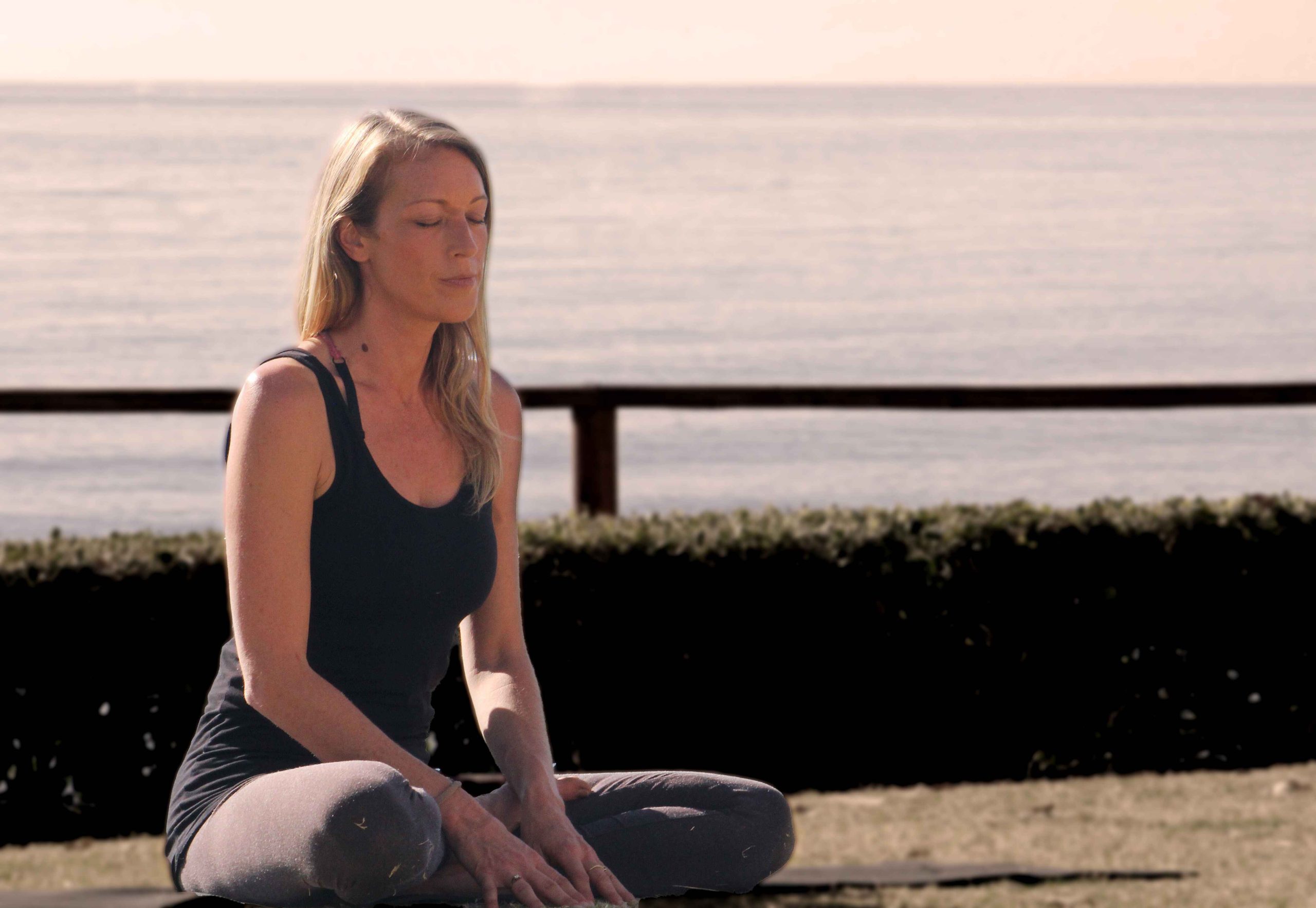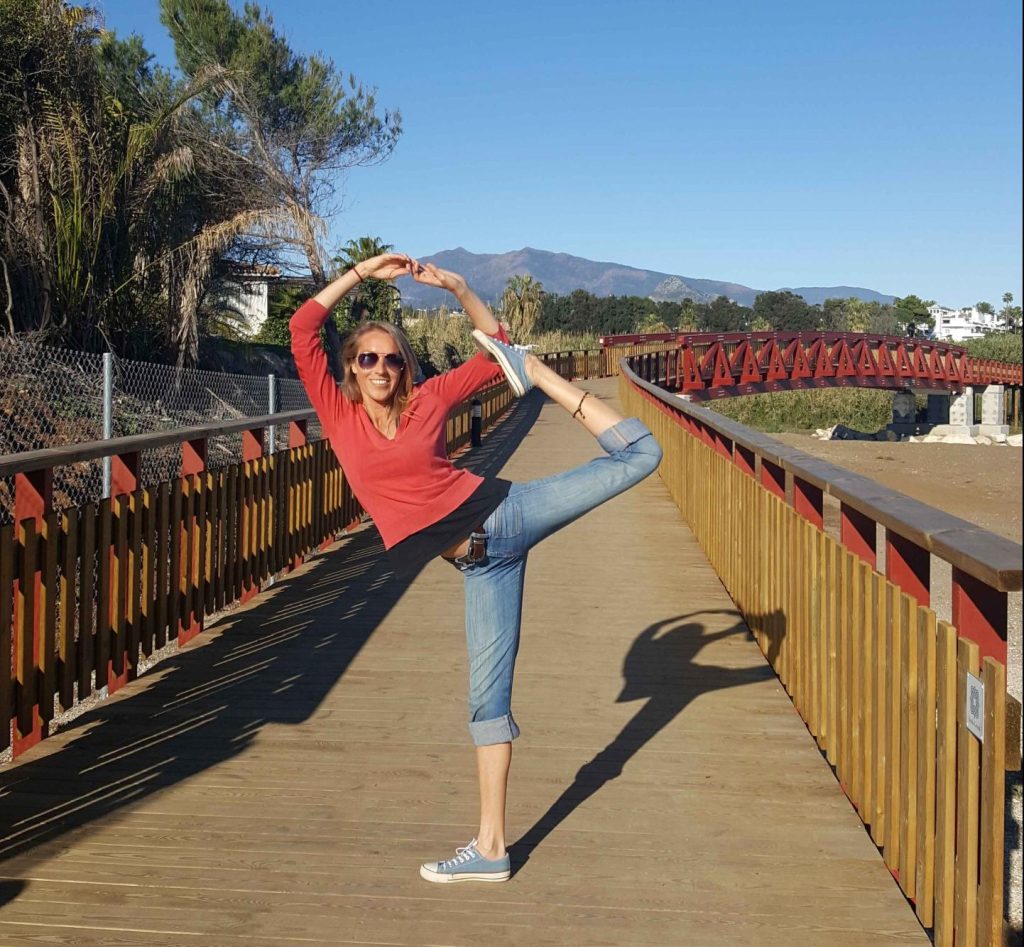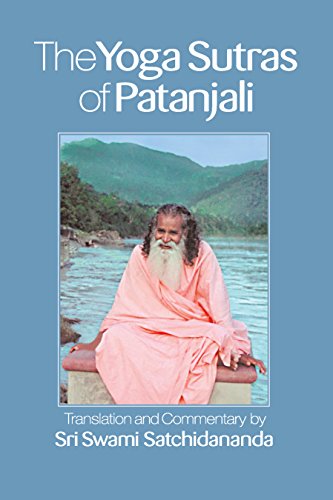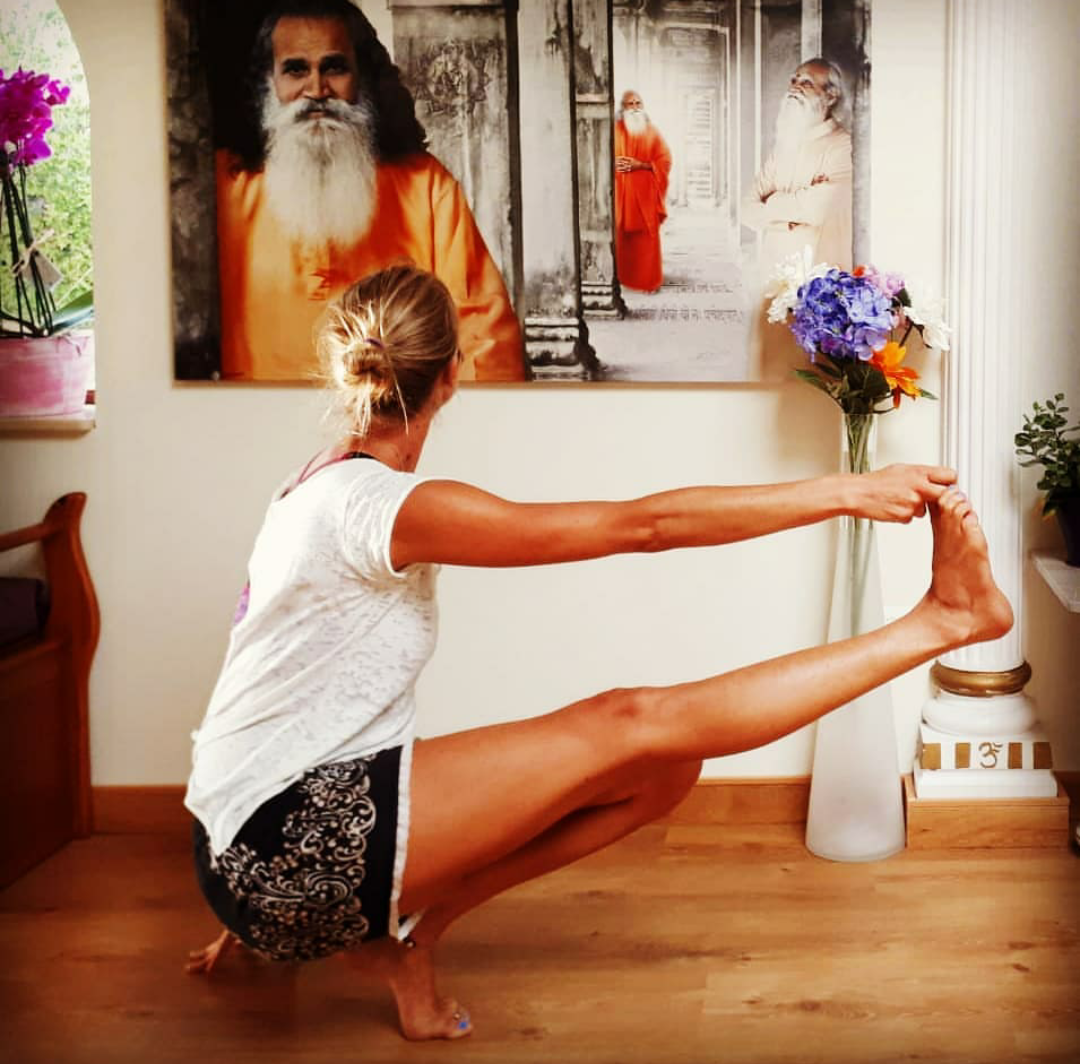Yoga “Off the Mat”
Did you know there’s a whole Philosophy behind Yoga?
Have you ever heard of the Eight Limbs, The Yoga Sutras or Patanjali?
Practising yoga on the mat offers fabulous benefits for our health & well-being and yet, traditionally, it is actually only a small part of a complete yoga practice.
Historically, it was expected that a novice yogi would already be proficient in what could be described as, “Being a decent human being” before even beginning the physical aspects of yoga.
The renowned scholar Alan Watts once famously said;
“We don’t teach yoga to baboons!”
It’s a comment that might seem rude, both to the humans he was referencing and to baboons, alike! (Especially when, these days, a quick search online will produce multiple cat, dog, horse & goat yoga videos. Who’s to say there’s not a baboon or two out there practising, too?!)
However, his comment stemmed from the fact that, traditionally, certain qualities were absolutely required of someone who wanted to be initiated as a student of yoga. The first layer of these – according to the Eight Limbs of The Yoga Sutras, as written by Patanjali – is known as The Yamas.
The Yamas: The First Step on the Eight Limbs of Yoga
The Yamas are the ethical groundwork for yogis. While the concept appears in many ancient texts that pre-date the Eight Limbs of Yoga (the earliest being in the Rigveda), the “eight limbs” only appear in The Yoga Sutras of Patanjali, written around 2000-3000 years ago. On this eightfold path, the Yamas are the very first step; five guiding principles that any aspiring yogis should live by. They are :-
Ahimsa (Non-violence): First Do No Harm. Not to yourself, to others or to anything at all. Not with your thoughts or your words or your deeds.
Satya (Truthfulness): Be truthful, both with others and with yourself. (While also doing no harm – remember, all of the yamas are to be practised simultaneously!)
Asteya (Non-stealing): Not only material possessions – even by just taking more than we really need – but ideas, time & energy, too. We must make sure we do not steal from ourselves as well, by living too much in the past or in the future.
Brahmacharya (Self-Restraint/Moderation): Often simply translated as celibacy. Celibacy certainly prevents us from expending sexual energy unwisely. However, we must also cultivate – and not repress – that energy. It’s more about the wise management of life’s vital energies, which can include but isn’t limited to sexual energy. When we then channel this energy wisely, we are fully practising brahmacharya. This can be done through abstinence but does not depend on it. Tantric practices offer insights into this discipline.
Aparigraha (Non-greed): Being happy with what you have. Not grasping for more or hoarding possessions.
Collectively, these five qualities – according to Patanjali – are the foundation of a path to Yogic Bliss.
Exploring the Eight Limbs of Yoga
The rest of the journey through the Eight Limbs of Yoga, also known as Ashtanga, is a transformative path that guides practitioners towards self-realisation and harmony. Here’s a little glimpse at each limb:
The Yamas (Moral Restraints): Ethical guidelines that govern our interactions with others (see above).
The Niyamas (Personal observances): These practices, like the yamas, are fivefold and include self-discipline, cleanliness & purity (of body &mind) and contentment. The other two are the act of self-study, studying scriptures (such as The Yoga Sutras) and the recognition that we individually are not the centre of the universe but are instead part of something greater.
Asanas (Physical Practice): The part many of us most associate with yoga – the postures. According to BKS Iyengar, “This down-to-earth, flesh-and-bones practice is simply one of the most direct and expedient ways to meet yourself.”
Pranayama (Breath Work): Breathing techniques and controls that can alter the chemistry of the body and mind. Learn more about Breathwork.
Pratyahara (Withdrawing the senses): Redirecting attention inwards to bring awareness within.
Dharana (Concentration): The development of deep concentration and single-pointed focus.
Dhyana (Meditation): Cultivating a quiet mind.
Samadhi (Yogic Bliss): An elevated state where the illusion of separation vanishes, revealing the unity of all existence.
While not the only way, journeying gently along this eightfold path is a wonderful way to discover the serenity that lies within!
Now Yoga is for Everyone
These days, thankfully, no-one is precluded from entering into and reaping the rewards of yoga.
Learn more about these Yogic Philosophies by talking to your teacher or through attending a Raja Yoga Course. I also recommend that you get your own copy of The Yoga Sutras of Patanjali. My personal favourite is the translation by Sri Swami Satchidananda. I find his simple explanations and useful commentary help us to apply these ancient Sutras more easily to our current, modern world.
[A little bit of trivia: Sri Satchidananda was the opening speaker of the 1969 Woodstock Festival!]
The Philosophies of Yoga are often woven into classes without us even realising and they can, of course, all be practised “On the Mat”. However, it’s when we take these practices “Off the Mat” and into the world – into our daily lives, our work, our play & our relationships – that we start to really see the magic happen!

Originally written for & published on the Things 2 Do Marbella website September 2016. Edited March 2024.
Jeannette Amy (Nette) Hopkinson (BSc Hons Sports & Life Sciences) is a compassionate, trauma-informed Yoga Teacher & educator based in Andalusia. Follow on Instagram & Facebook







